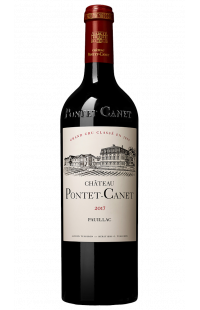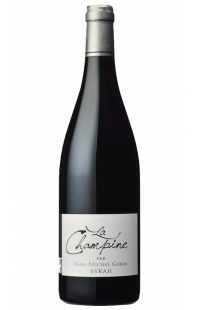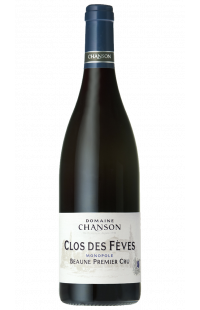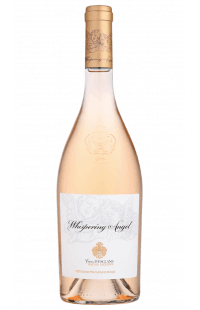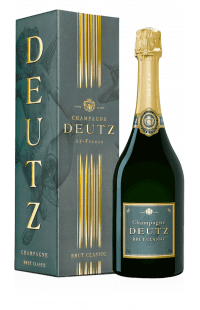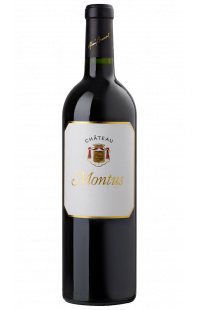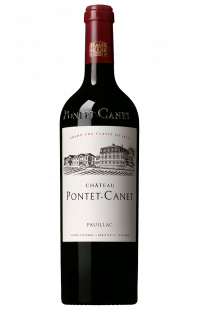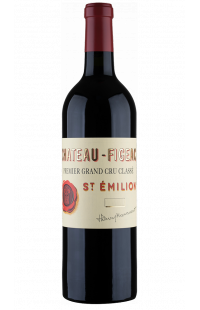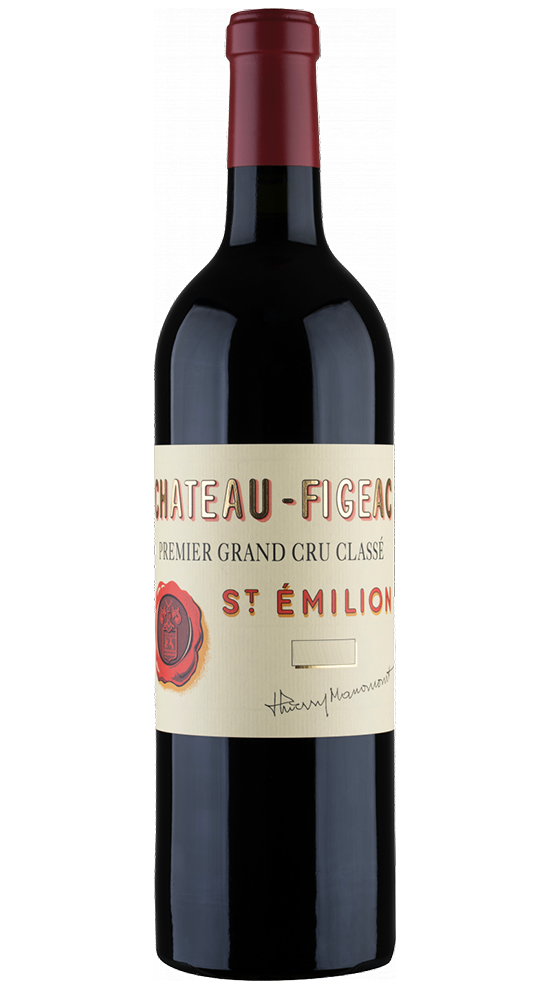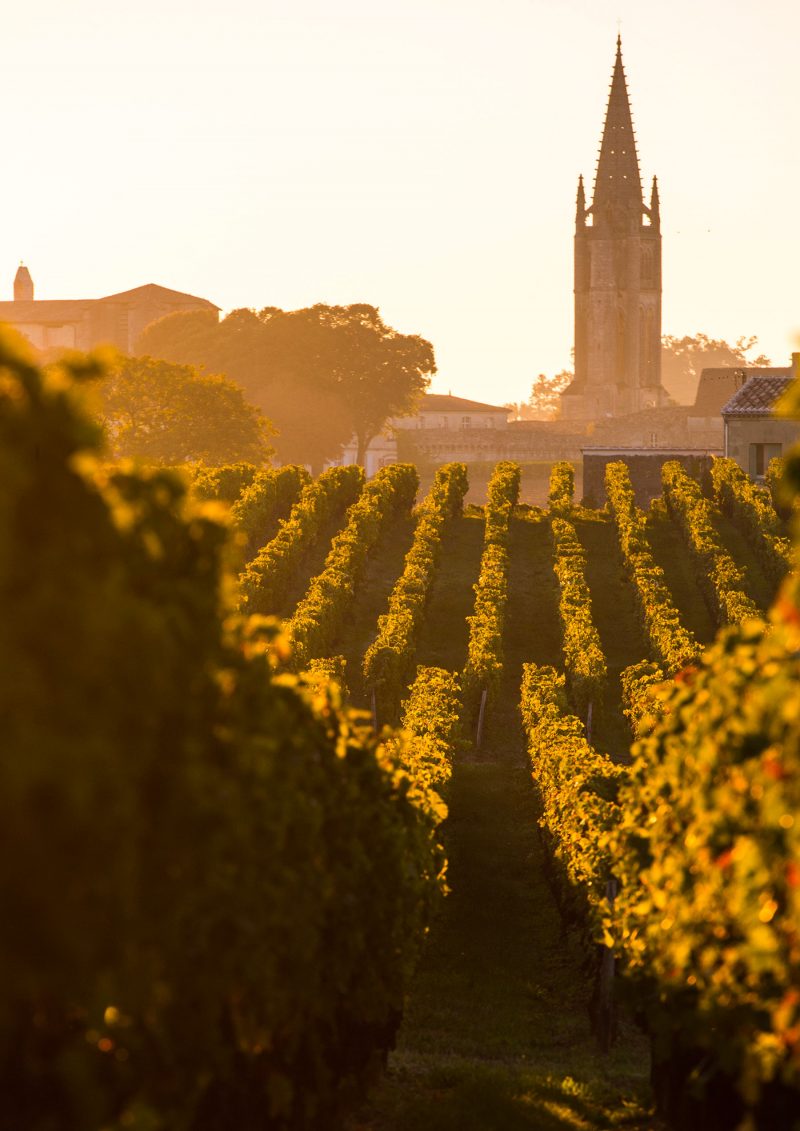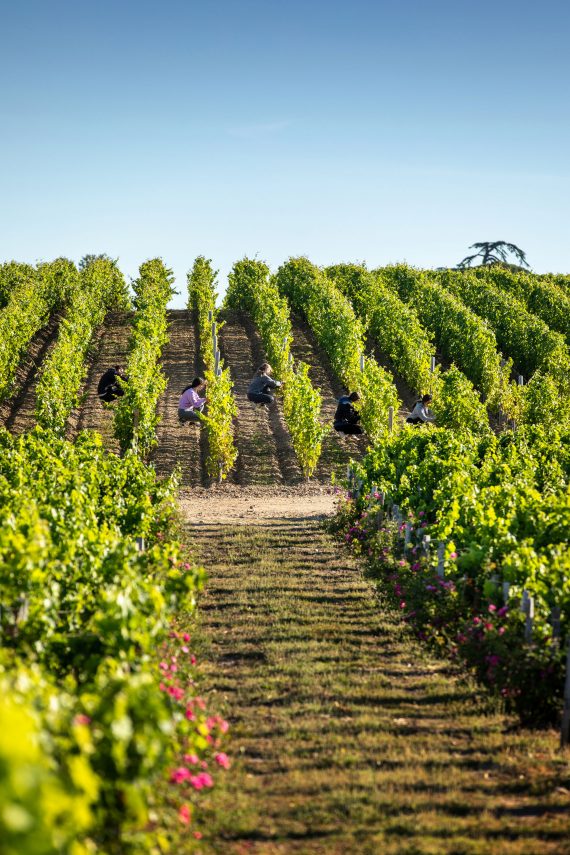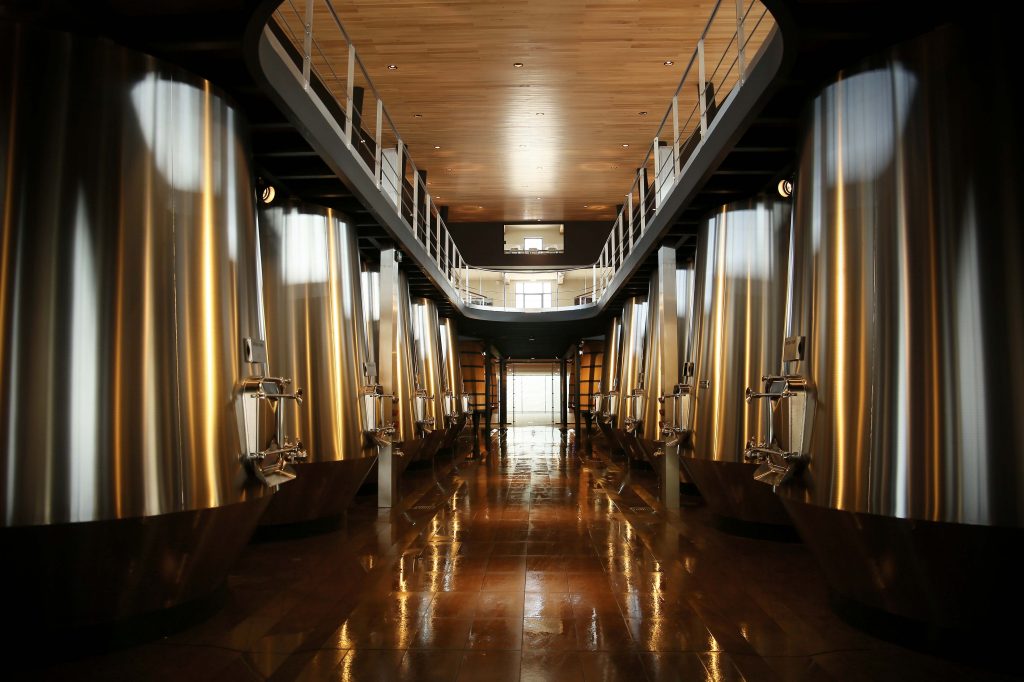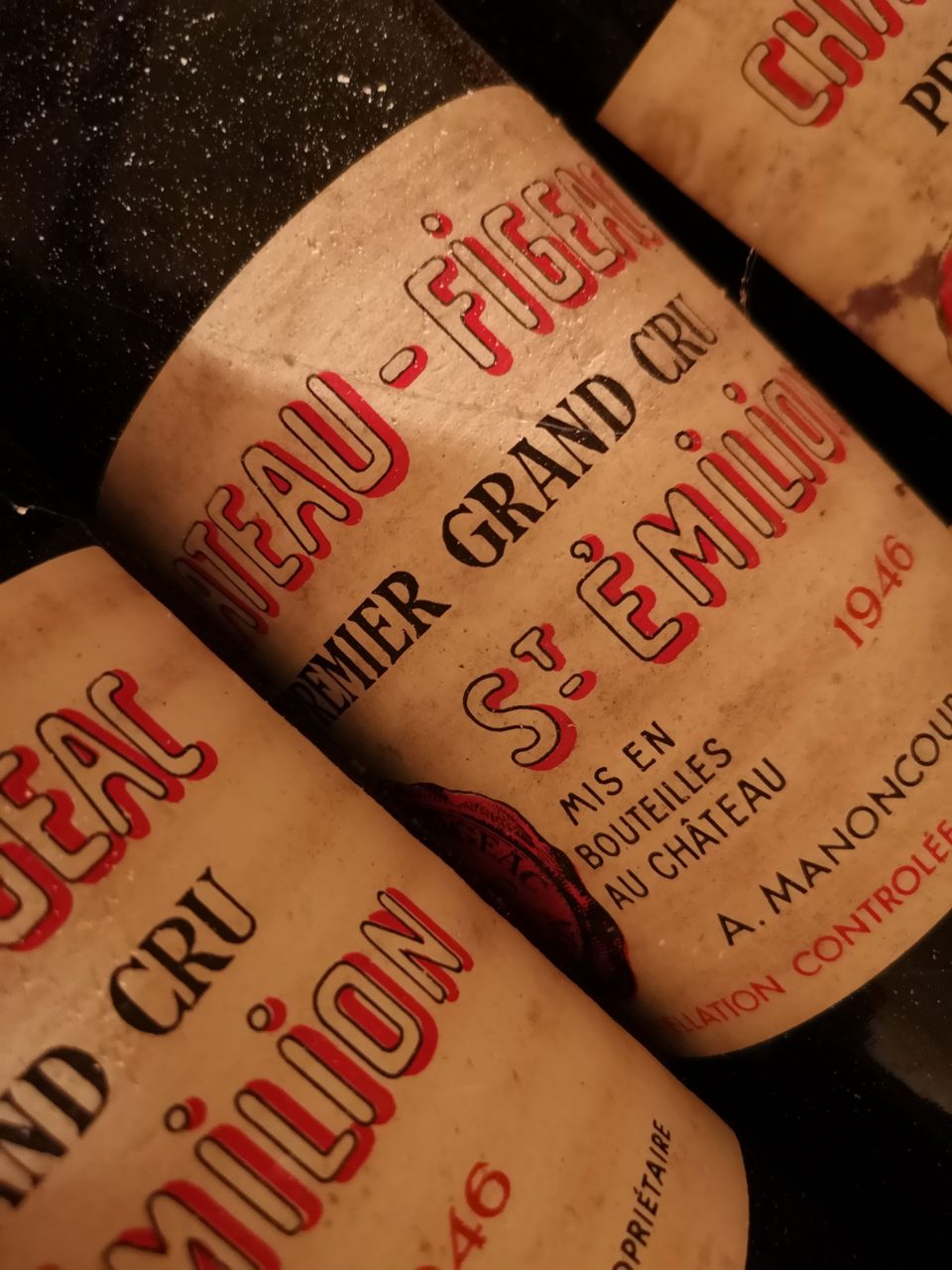Château Figeac
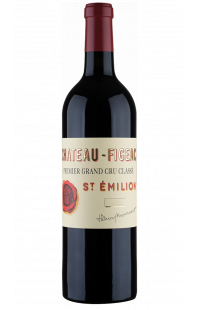
Château Figeac 2023 - Primeurs
Bordeaux - Saint-Émilion - 1er Cru Classé - Red Wine - Primeurs 2023 Primeurs 2023 - Delivery from september 2026Available in
- Bottle (75cl)
- 210.00€ / bottle- Magnum (1,5l)
- 420.00€ / magnumTASTING NOTES
J. Suckling
Specifications
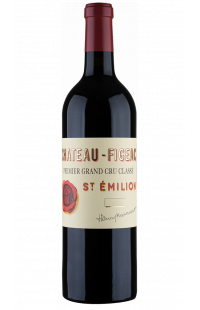
Available in
- Bottle (75cl)
- 340.00€ / bottle- Case of 6 bottles (75cl)
320.00€ / bottleTASTING NOTES
Wine Advocate
96-98+
J. Suckling
97-98
Specifications
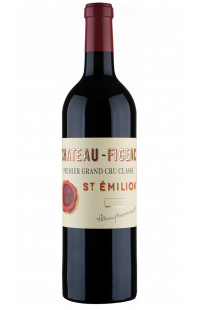
Available in
- Bottle (75cl)
- 352.80€ / bottleTASTING NOTES
Wine Advocate
98-100
J. Suckling
97-98
Specifications
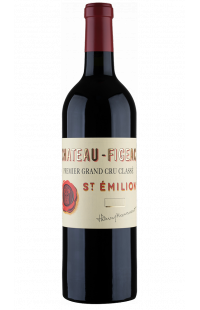
Available in
- Bottle (75cl)
- 355.00€ / bottle- Case of 6 bottles (75cl)
350.00€ / bottleTASTING NOTES
Wine Advocate
98-100
Wine Spectator
97-100
J. Robinson
18,5
J. Suckling
98-99
Specifications
